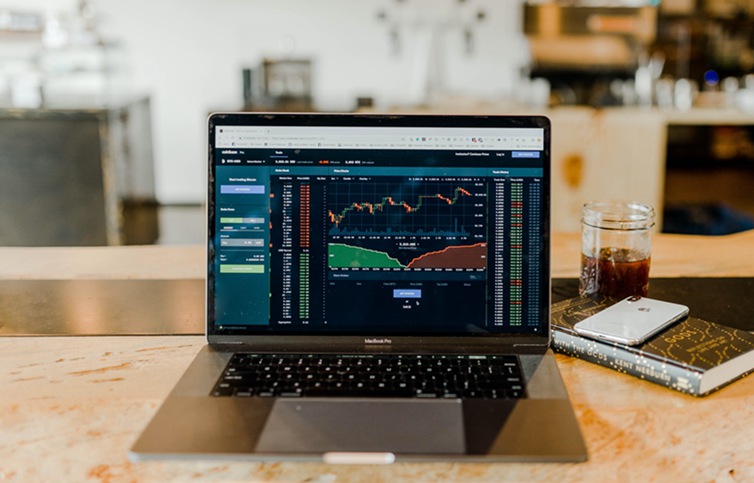FACTBOX-Key facts about Canada's election on April 28

OTTAWA, April 16 (Reuters) - Canada will hold a general election on April 28, with polls indicating a close race between Prime Minister Mark Carney's ruling Liberals and the official opposition Conservatives of Pierre Poilievre.
BASIC FACTS ABOUT THE ELECTION
There are 28 million registered voters eligible to elect members of parliament in 343 individual constituencies, also known as ridings. The number of ridings has been expanded from 338 since the last election in 2021.
The vote will be managed by Elections Canada, an independent body. Ballots are counted by hand under supervision and individual results will start being posted on the Elections Canada website around half an hour after polls close.
Voter turnout in federal elections from the 1950s to the early 1990s ranged between 70% and 80%, but it has gradually declined. In the 2021 election, only 62.3% of eligible voters cast ballots.
The election will cost around C$570 million ($411 million).
WHEN DO THE POLLS CLOSE?
Canada has six time zones, so voting is staggered to ensure that most people cast their ballots at the same time.
In the eastern-most province of Newfoundland and Labrador, which has seven seats, the polls will close at 7 p.m. ET (2300 GMT).
In the three other provinces in Atlantic Canada, which account for 25 seats, the polls will close at 7.30 p.m. ET.
In Ontario, Quebec, Manitoba, Saskatchewan and Alberta, which account for 265 seats, the polls will close at 9.30 p.m. ET.
In British Columbia, which has 43 seats, the polls will close at 10 p.m. ET.
There are also three sparsely-populated northern territories, which each have one seat.
WHAT IS CANADA'S ELECTORAL SYSTEM?
Canada, unlike most countries, uses a first-past-the-post system where the candidate receiving the most votes in a riding is declared the winner.
The system rewards political movements with concentrated support and means a party can gain a majority with as little as 39% of the vote. Indeed, in the 2021 election, the Liberals won 160 seats - 47% of the total available - with just 32.6% of the vote. The Conservatives received 33.7% of the vote but only won 119 seats, just 35% of the total.
If three or more parties are contesting a seat, candidates can win with a remarkably low percentage of the vote. In the 2021 election, the separatist Bloc Quebecois captured the riding of Trois-Rivieres with 29.5% of the vote. The Conservatives came second with 29.4% and the Liberals ended up in third at 28.6%.
Critics have long complained the system is unfair and pushed for a switch to some form of proportional representation to better reflect how people vote. Defenders of the system say it effectively marginalises extremist parties, since they would never be able to gain enough support in individual ridings to elect legislators.
Former Prime Minister Justin Trudeau came to power in 2015 promising to change the system but backtracked in 2017, saying there was no consensus on what method to adopt.
($1 = 1.3871 Canadian dollars)




